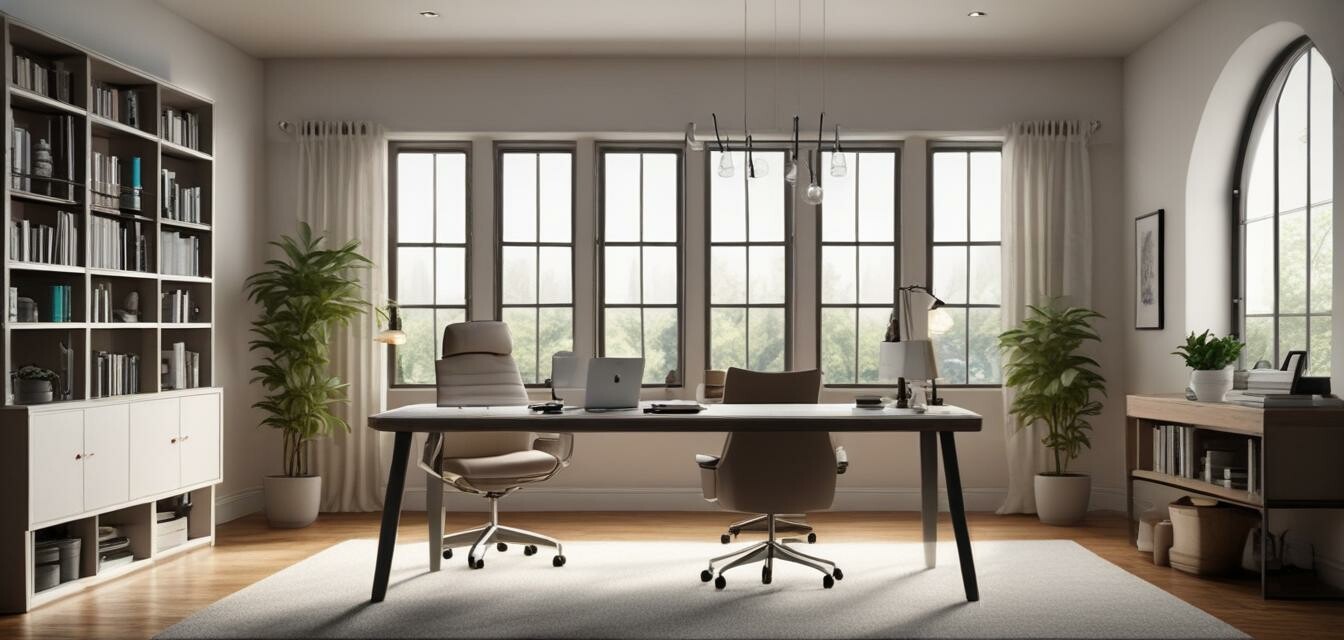
Best Lighting Options for Video Conferencing
Key Takeaways
- Proper lighting can dramatically improve video quality.
- Different types of lights serve various purposes in a setup.
- Soft lighting is often more flattering than harsh lighting.
- Positioning lights correctly can eliminate shadows.
- Supplemental lighting tools can enhance your overall video presence.
In today's remote work environment, clear and professional video quality is essential for effective virtual meetings. One key element that contributes greatly to this is lighting. The right lighting setup can make your video visually appealing and enhance your professionalism, leading to better communication and impressions during online calls. In this guide, we'll analyze the best lighting setups and tools to achieve optimal video quality during virtual meetings.
Why lighting matters for video conferencing
Lighting affects how well your camera can capture your image. Poor lighting can lead to issues like grainy video, shadows, or an unflattering appearance. In contrast, well-designed lighting brings out details and improves your overall presence. Here are some key reasons why lighting is crucial:
- Increases visibility and clarity during video calls.
- Enhances your appearance and professionalism.
- Helps maintain focus on your presentation or materials.
- Creates a comfortable atmosphere for participants.
Types of lighting options
There are several types of lighting options you can consider for video conferencing. Here's a breakdown:
| Type of Lighting | Description | Best Use Case |
|---|---|---|
| Natural Light | Utilizing sunlight coming from windows or open spaces. | Casual meetings and daytime calls. |
| Softbox Lights | Diffused light source providing even brightness. | Professional broadcasts and content creation. |
| Ring Lights | Circular light that minimizes shadows and is adjustable. | Makeup tutorials, beauty streams, and personal branding. |
| LED Panel Lights | Flat, portable lights that provide bright yet soft illumination. | On-the-go setups and compact spaces. |
| Backlighting | Creating depth by lighting the background. | Adding dimension to interviews and webinars. |
Natural lighting tips
If you prefer using natural light, consider these tips:
- Position yourself facing the window.
- Avoid backlighting to prevent silhouettes.
- Use sheer curtains for diffused light if necessary.
Supplemental lighting tools
In addition to the primary lighting options, these supplemental tools can enhance your setup:
| Tool | Purpose | Benefits |
|---|---|---|
| Desk Lamps | Direct light on your workspace. | Increases visibility for notes and documents. |
| Light Diffusers | Softens harsh lighting. | Reduces shadows and glare. |
| Light Stands | Positioning lights at different angles. | Enhances flexibility in light placement. |
Best practices for lighting setup
To ensure you achieve the best results from your lighting setup, follow these practices:
- Combine multiple lighting sources for a balanced effect.
- Experiment with different angles to find the most flattering position.
- Adjust the brightness to suit your preference and environment.
- Consider the color temperature of your lights; softer tones are generally better.
Conclusion
Investing in proper lighting for your video conferencing setup is essential for enhancing your appearance and ensuring a professional atmosphere during meetings. By understanding different lighting options and their uses, you can drastically improve the quality of your video presence. For more tips on enhancing your home office environment, visit our sections on ergonomic accessories and computer peripherals.
Pros
- Improves overall video quality.
- Makes meetings more engaging.
- Enhances professional image.
Cons
- Can require initial investment.
- May need adjustments based on space.
Tips for beginners
- Start with natural lighting when possible.
- Try simple desk lamps to add extra light.
- Always check your video feed before important calls.